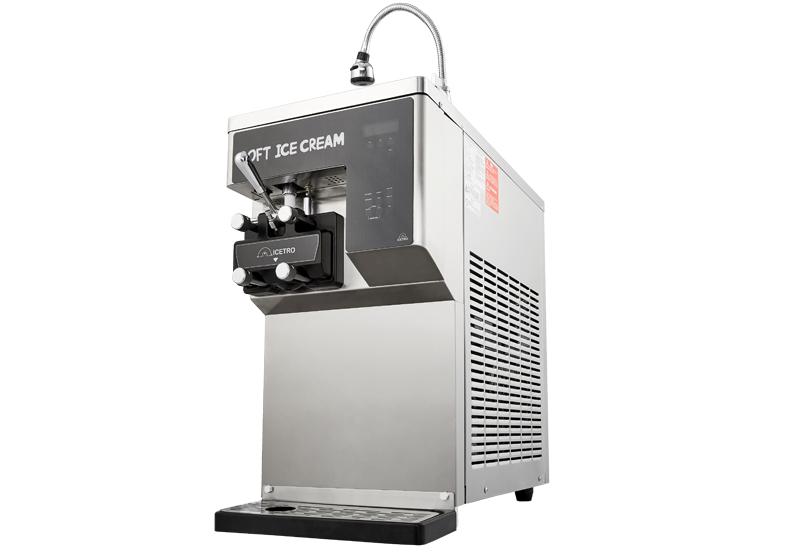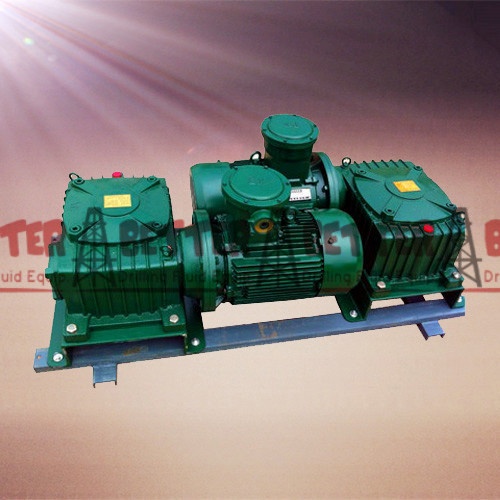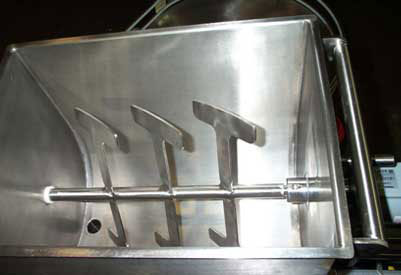

This low-pressure area within the tee, along with gravity, actually draws mud materials from the hopper into the tee and fluid stream. The high-velocity jet stream crosses the gap between the eductor nozzle and the downstream venturi and creates a partial vacuum within the mixing chamber (or tee). The pressure line is reduced in size usually from 6 to 2 inches (152 to 51 mm) and exits the jet nozzle at a much higher velocity but lower pressure. The fluid velocity in a low-pressure mud hopper will be around 10 ft/sec on the pressure side of the jet nozzle. Since highpressure hoppers work in the same manner, this discussion will be limited to low-pressure equipment. It also released the standby main pump from mud mixing duty.Ī low-pressure mud hopper is shown in Figure 1. Savings were realized through reduced piping cost and higher addition rates that lowered operating cost.

This permits the use of lowpressure equipment and the movement of large volumes of fluid rapidly. Since the 1950s the centrifugal pump has been the predominant tool for charging mud hoppers on drilling rigs. This, of course, would limit the speed of material addition. The jet velocity was suitable for adequate mixing, but the volume was usually less than 500 gpm.


A small orifice in the hopper delivered a low flow at a high velocity. This was costly because the pump required enormous power and expensive piping. As with high pressure mud guns, this required high-pressure pipe and connections. The only way to prevent those quality-robbing variations in application is to require the technician to make distracting, delicate and complicated adjustments to the spray pressure while driving.Prior to the use of centrifugal pumps on drilling rigs, the standby reciprocating mud pumps were customarily used to operate the mud hopper. If the speed increases to 7 MPH, 29% less product will be applied, resulting in under application and subsequent service calls. If a non-PermaGreen sprayer's speed drops to 3 MPH - it will apply 67% more product than necessary. Precise calibration settings made back at the shop (which were based on travel speed) are absolutely worthless.Īs shown in the chart, the calibrated speed for an accurate application is 5 MPH. When there are no set speeds, the operator must watch a speedometer or simply guess (or worse, ignore) how fast they're moving and then constantly adjust their travel speed. This works fine for mowing, but it can be disastrous for spraying turf care products through a sprayer that requires a consistent rate of speed for accuracy. PROBLEM: Hydraulic drive systems found on zero-turn mowers and garden tractors allow the operator to travel at any speed between 0 MPH and the top speed of the mower.


 0 kommentar(er)
0 kommentar(er)
